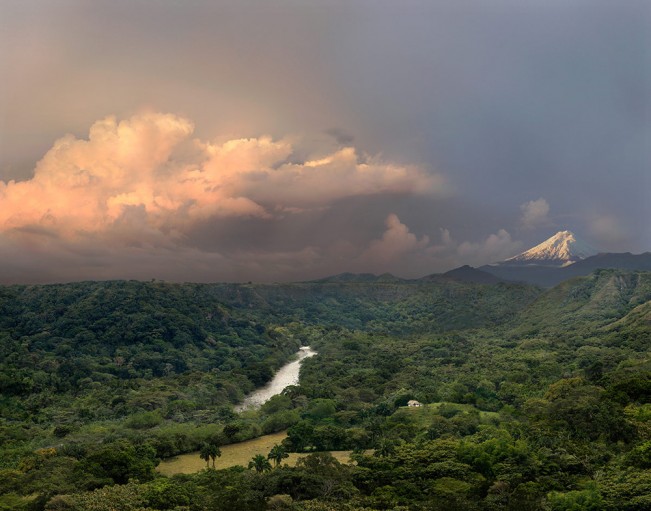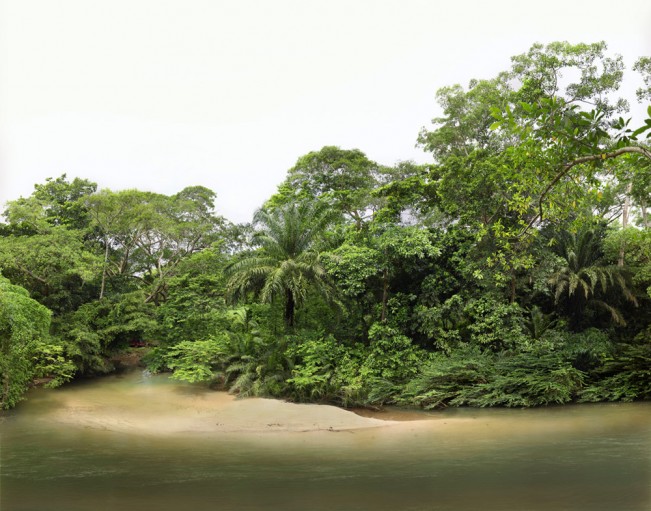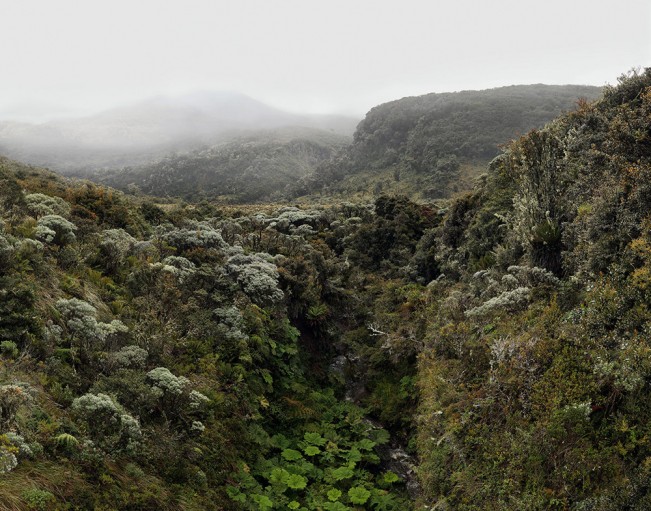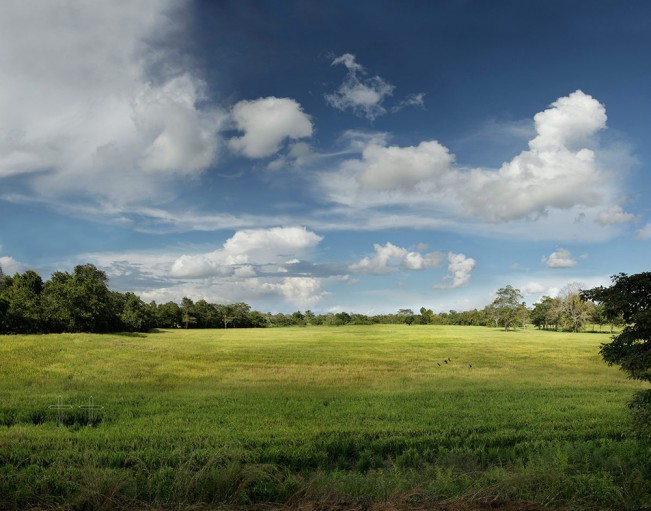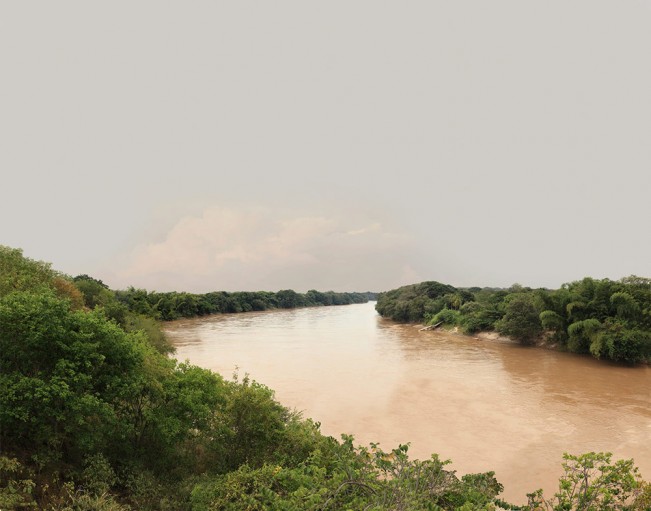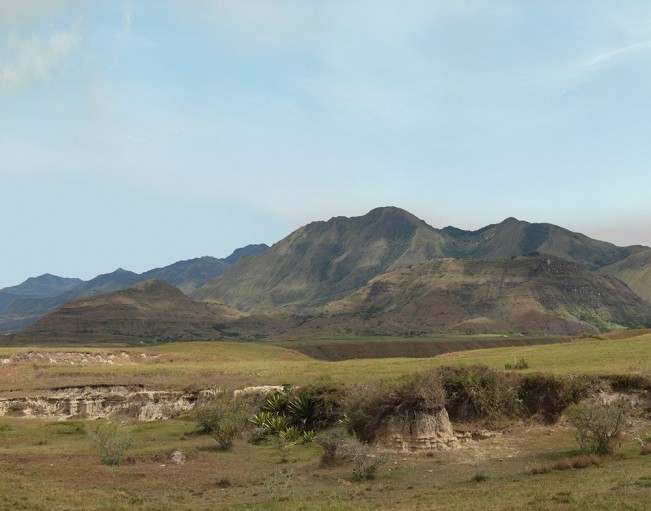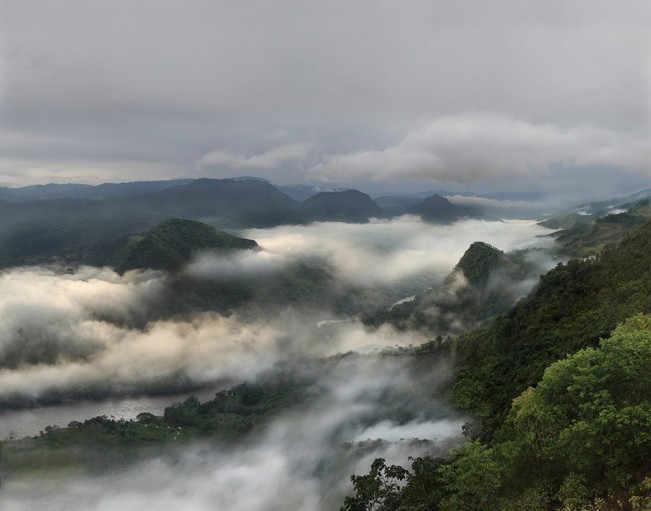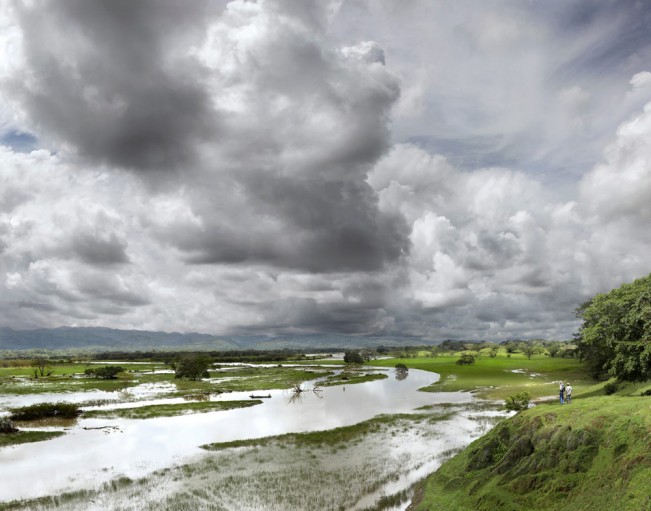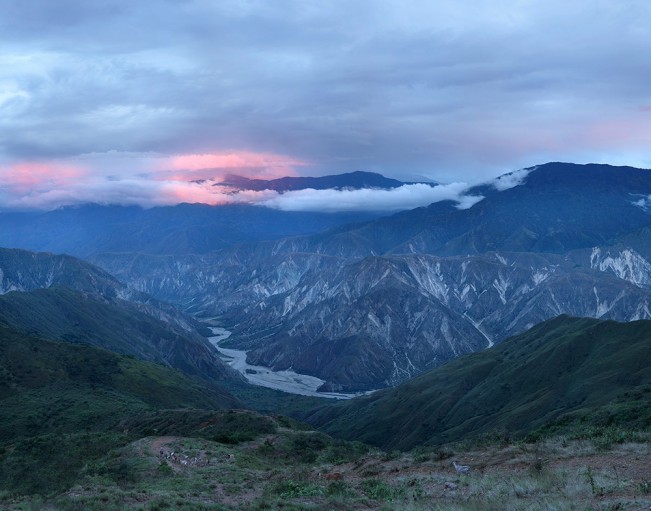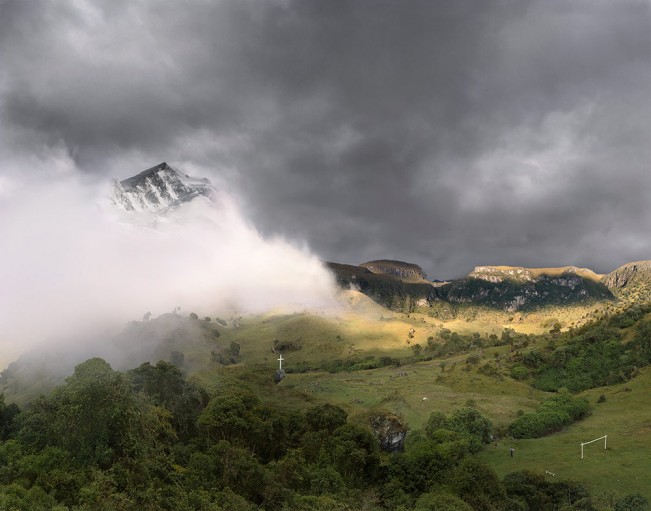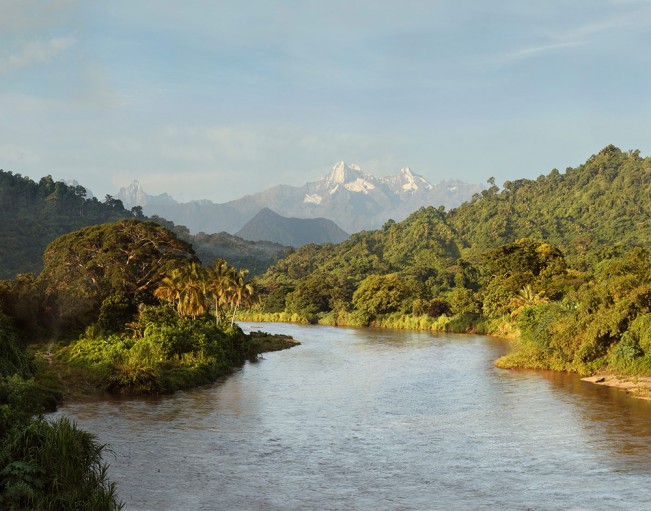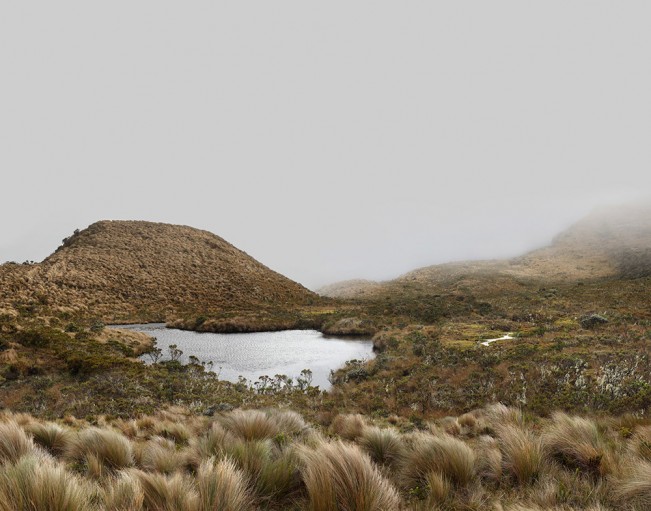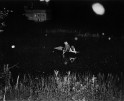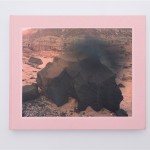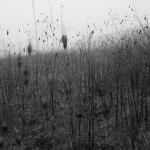Camilo Echavarría: Illustrated Landscapes
I first saw Colombian photographer, Camilo Echavarría‘s stunning landscape photographs when I was a juror for Critical Mass. His work made it into the Top 50 portfolios and it’s no wonder why. There is something other worldly about his images, painterly and majestic, and truly captivating. Camilo states: I am interested in approaching landscape as a subjective and cultural construction where man is the central element. I use both photography and video to build landcapes that transcend literal representation searching to expand their descriptive and narrative possibilities by intervening it’s spacial and temporary elements.
Camilo graduated as a Bachelor in Science from the University of Southern New Hampshire and obtained a MA in Art History from Universidad de Antioquia. He studied photography at Rockport College (U.S.A.) in 1999. His work has been shown at the 15th BBVA Salon, the 2nd Bogotá Biennial of Visual Arts and the Bidimensional Salon at the FGAA. In his work, Camilo explores landscape as representation and as a subjective, cultural constructed experience, questioning the truthfulness and objectivity of the photographic record. He lives and works in Medellín.
Illustrated Landscapes
Man is vital for the existence of landscape as a concept since without his presence nature is nothing more than an ensemble of mountains, rivers, clouds, etc. It could be said that a landscape exists only from the moment somebody observes, contemplates or represents it. This allows us to assert that subjectivity is inevitably present in all landscapes, a feature that is evident in the majority of landscape representations in the history of painting. Rarely throughout this history does the content of a picture corresponds faithfully to what it’s creator had in front of his or her eyes.
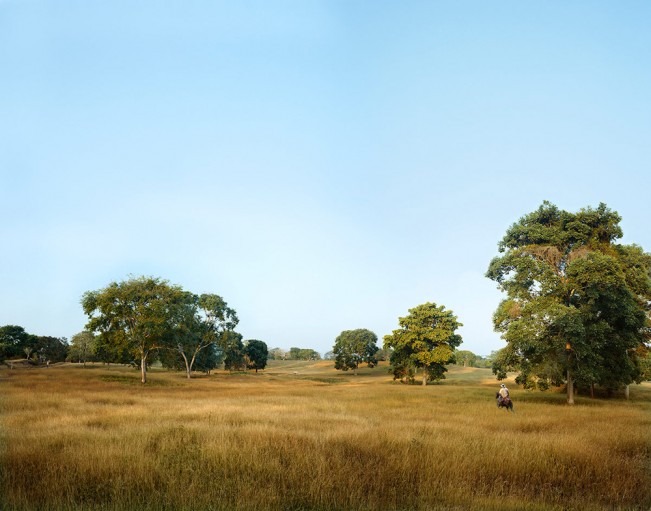 Illustrated Landscapes stems from a close relationship with the natural landscape, the product of multiple trips to different territories of my country, Colombia, as well as an interest to establish questions regarding the way intangible elements such as subjectivity and idealism pervade representations of landscape throughout history. I am interested in constructing landscapes that transcend traditional photographic representation defined as an image which registers a determined fragment of space in a specific moment of time; landscapes in which the presence of man, either as observer, inhabitant or agent of transformation, manifests itself in different ways adding complexity to their meaning.
Illustrated Landscapes stems from a close relationship with the natural landscape, the product of multiple trips to different territories of my country, Colombia, as well as an interest to establish questions regarding the way intangible elements such as subjectivity and idealism pervade representations of landscape throughout history. I am interested in constructing landscapes that transcend traditional photographic representation defined as an image which registers a determined fragment of space in a specific moment of time; landscapes in which the presence of man, either as observer, inhabitant or agent of transformation, manifests itself in different ways adding complexity to their meaning.
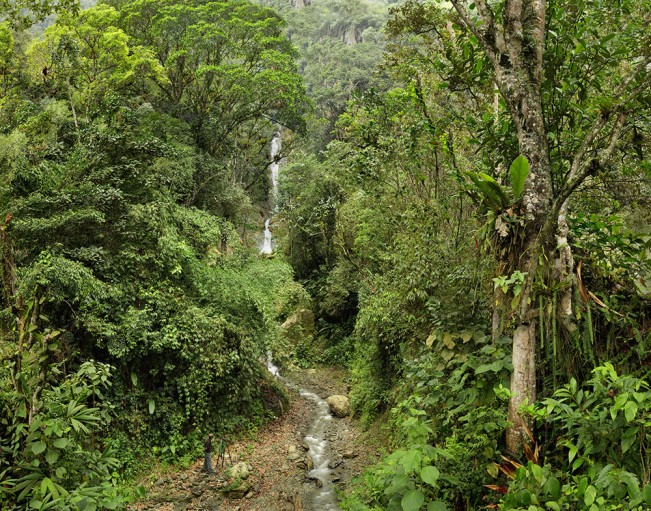 The way we construct our vision of natural landscape, as well as the variety of implications inherent in its representation, are one of the main concerns that I intend to address in this project.
The way we construct our vision of natural landscape, as well as the variety of implications inherent in its representation, are one of the main concerns that I intend to address in this project.
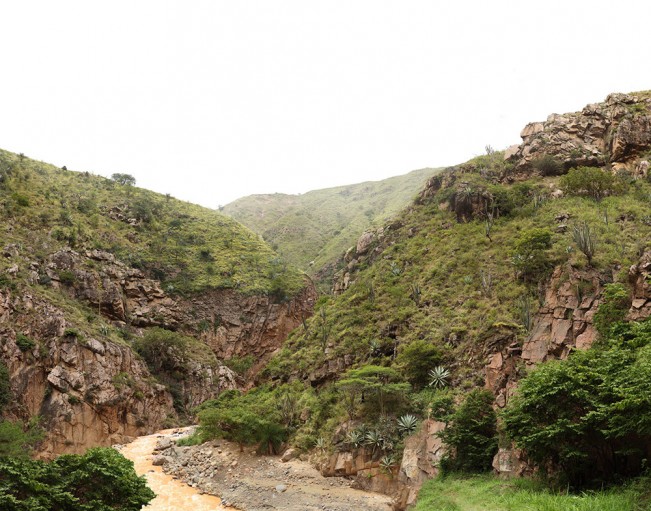
Saber desconocer: 43 Salón (inter) Nacional de Artistas
Interview with Oscar Roldán
O.R. How did your passion for the photographic image begin? How did you start in art?
C.E. It was born from a wish to use images to conserve impressions of travels I have made since I was very young, perhaps my strongest childhood memories. My start as an artist was very gradual; it was not a deliberate decision.
O.R.: A fundamental part of your work concerns documenting your travels. When and why did your expeditions begin?
C.E.: At a very early age I began to travel with my family. These were road trips, so there were substantial differences in altitude, climate, vegetation, and even in smells. Going to the coast by car was always an intense experience. The “otherness” of many landscapes always enchanted me. Later, at the end of the 1980’s and beginning of the 1990’s, I undertook many trips to isolated places in national parks. However, I just wanted to travel and contemplate, not to take photographs. I think that part of what motivates my travels and attempts to document these landscapes is a wish to reconstruct places that exist only in my memory.
O.R.: Within that logic, can you tell us about the importance of territory in your work?
C.E.: I seek aesthetic and sensorial experiences from my early travels which have, in some way, stayed with me. I am also curious abut constructing landscapes based on alien territories that have become familiar, either because I have repeatedly seen pictures or read about them. I am interested in constructing concrete and images representing ideals that do not exist in reality. In many cases, the territory is only the raw material for the mental images I want to create.
O.R.: Among other things, art can be used to narrate stories. What stories are you interested in telling, documenting or recreating?
C.E.: Each place has marks and imprints left by man that may interpreted and used by the observer to create different stories. In a deliberate but subtle way, I like to include aspects which refer to mankind’s situations and occurrences. The landscape is a living testimony to history.
O.R.: Although the bulk of your work may be described as photographic, you have been using a method of your own to experiment with time in animated photographs. Can you tell us about that?
C.E.: These technical and conceptual strategies are the basis of previous works (Axis Mundi and Punto de Inspiración) and I use them as a platform to represent the ideas and concerns behind Paisajes Ilustrados [Illustrated Landscapes]. In this work, in addition to portraying space, I show time and incorporate movement. The result is a “total” landscape, where the narrative possibilities are expanded allowing more options for representing observations, memories and concerns.
Posts on Lenscratch may not be reproduced without the permission of the Lenscratch staff and the photographer.
Recommended
-
ALEXIS MARTINO: The Collapsing Panorama April 4th, 2024
-
The International Women in Photo Association Awards: Lorraine Turci: The Resilience of the CrowMarch 16th, 2024
-
Julie Rae Powers: Deep RutsMarch 2nd, 2024
-
Interview with Peah Guilmoth: The Search for Beauty and EscapeFebruary 23rd, 2024
-
Interview with Kate Greene: Photographing What Is UnseenFebruary 20th, 2024

